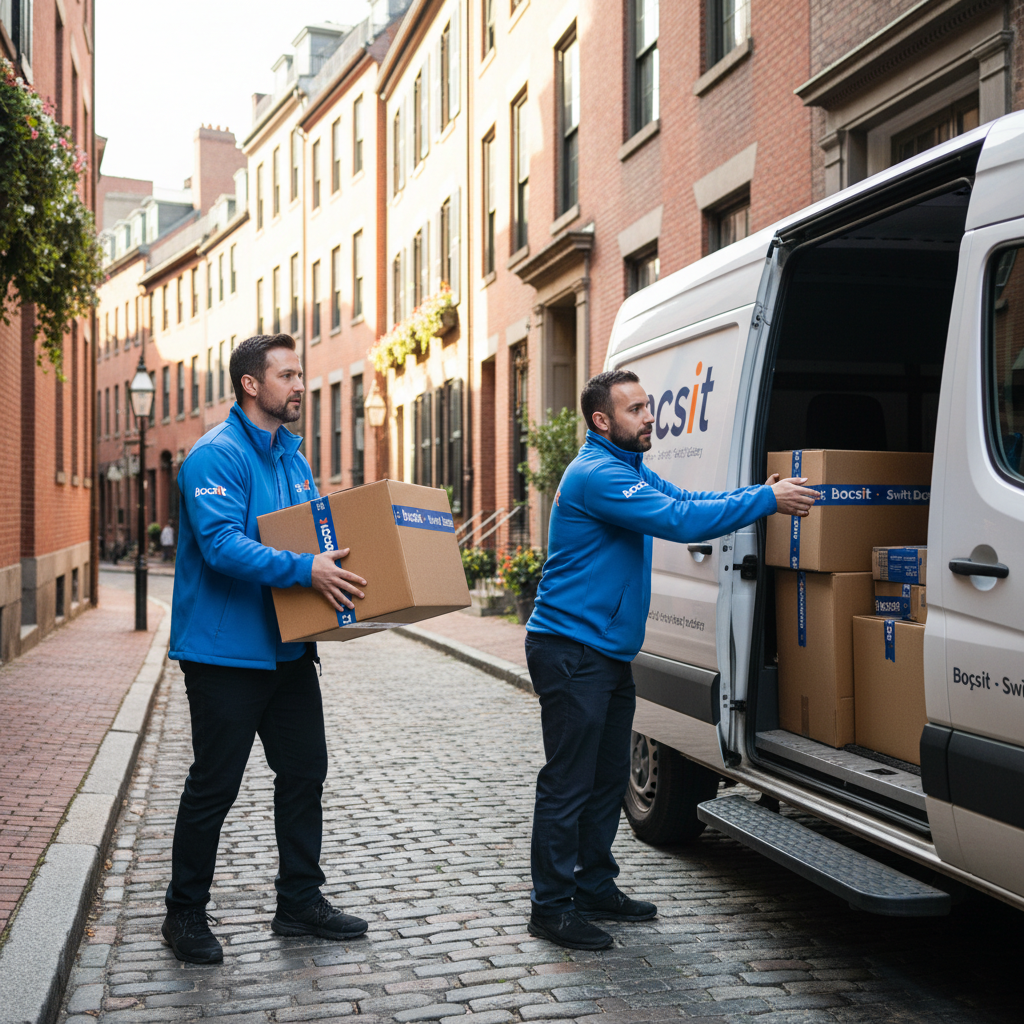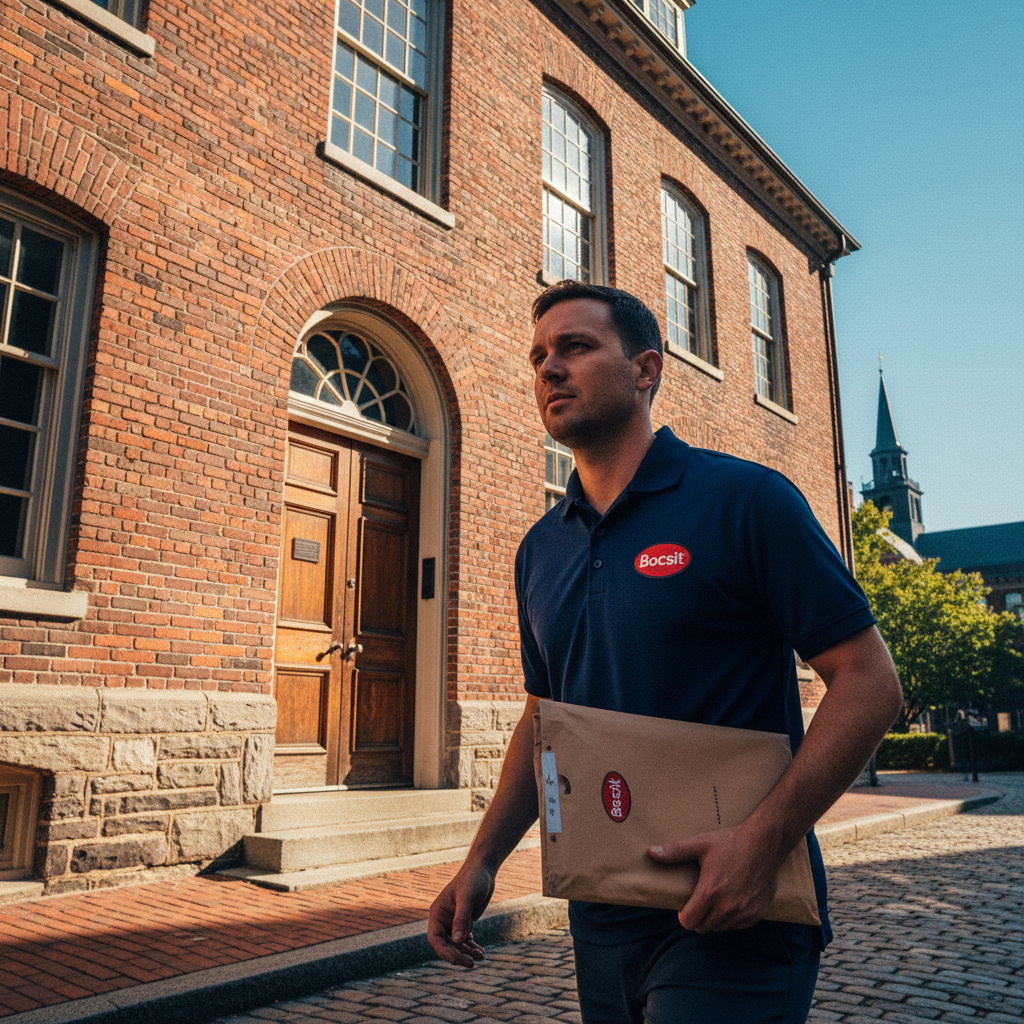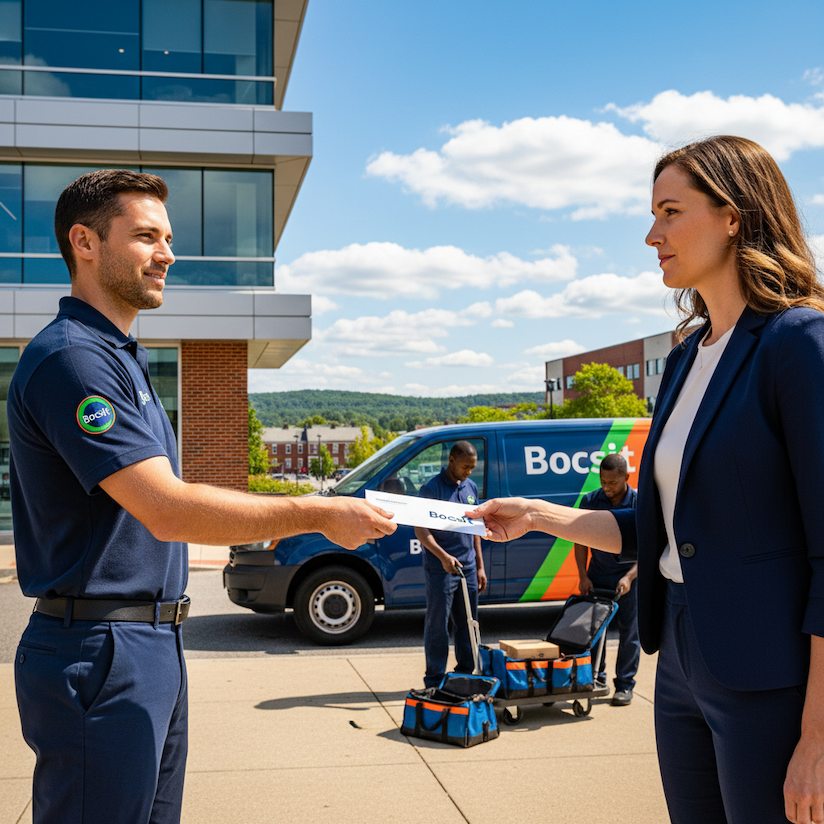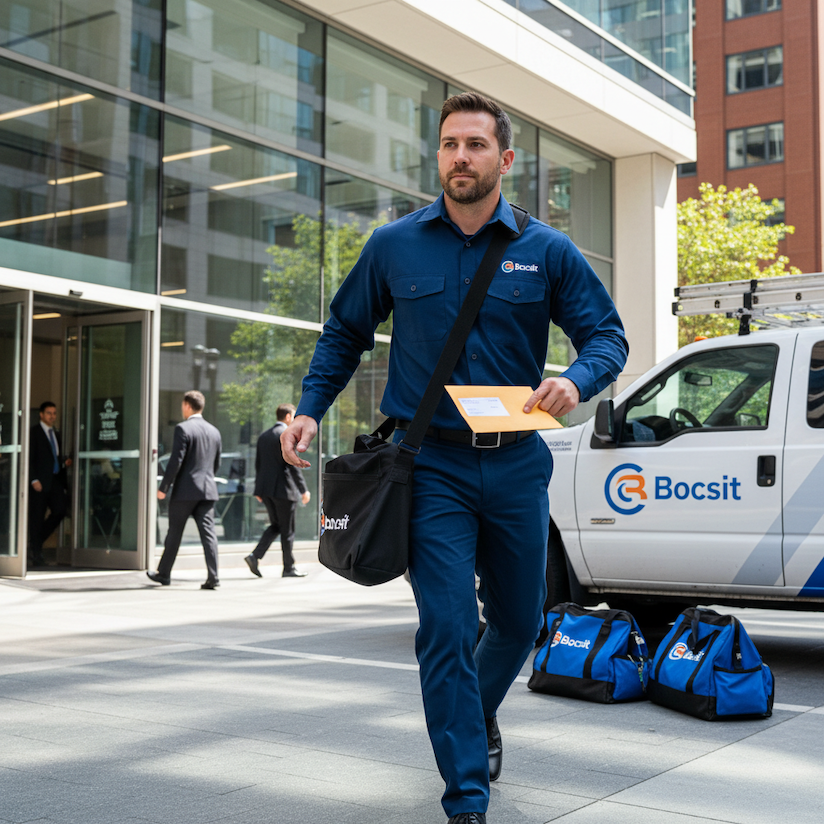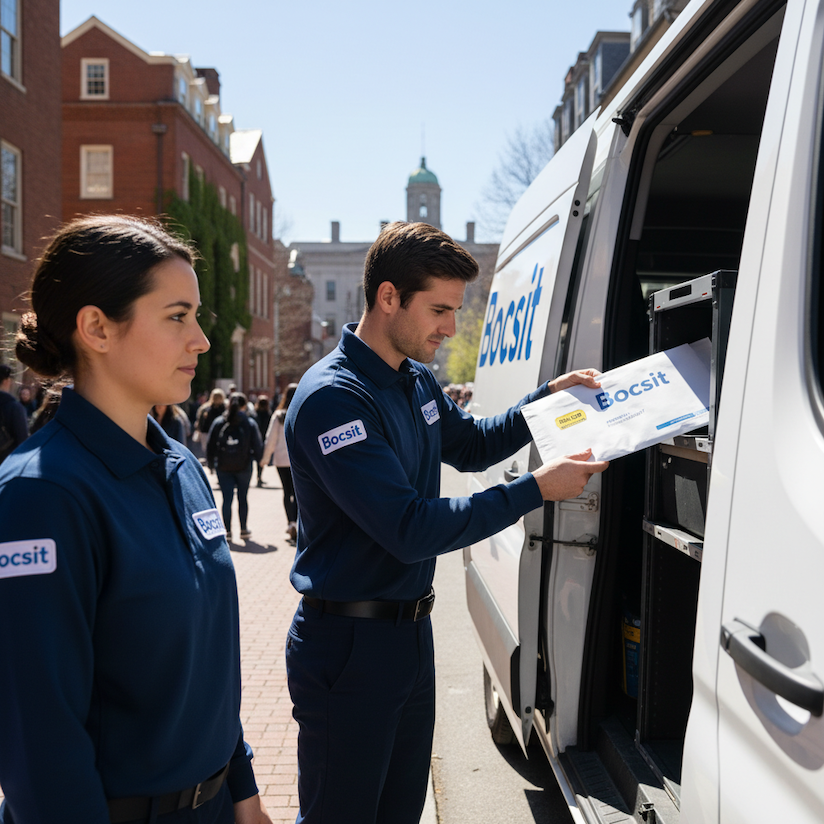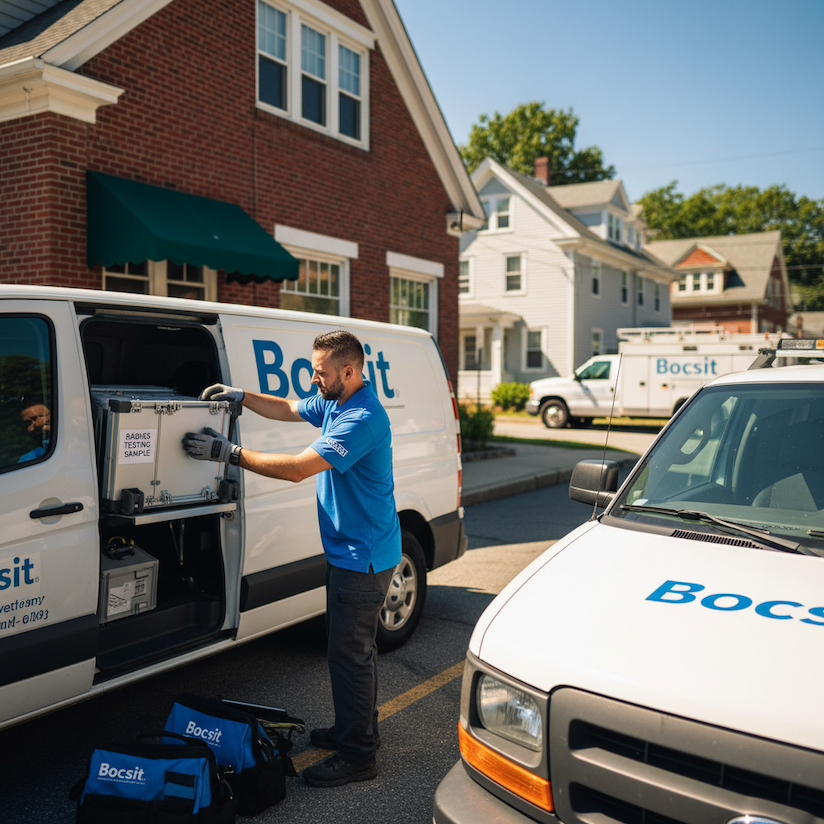Reducing Medical Delivery Times through Route Optimization

In the fast-paced world of healthcare, the timely delivery of medical supplies, specimens, and records is crucial. Delays can have significant consequences, affecting patient care, lab results, and overall operational efficiency. One key strategy to enhance the speed and reliability of medical deliveries is through route optimization. This approach leverages technology and strategic planning to find the most efficient paths, reducing delivery times and improving service quality. Here’s how route optimization is revolutionizing medical courier services, ensuring that critical healthcare materials reach their destinations faster than ever.
Embracing Advanced Technology
- GPS and Mapping Software: Modern route optimization relies heavily on GPS technology and advanced mapping software. These tools analyze various factors, including traffic patterns, road closures, and delivery priorities, to determine the fastest and most efficient routes. By continuously updating in real time, they help drivers avoid delays caused by unforeseen circumstances.
- Machine Learning Algorithms: Some route optimization software incorporates machine learning algorithms that improve with every delivery. These systems learn from historical data to predict traffic congestions, weather impacts, and other variables, further refining route selections over time.
Strategic Planning
- Dynamic Routing: Unlike static routes that remain the same each day, dynamic routing adjusts routes based on daily delivery requirements and real-time conditions. This flexibility ensures that medical couriers can adapt to changes and maintain optimal efficiency.
- Batching and Sequencing: Route optimization also involves batching, where deliveries with similar destinations are grouped together, and sequencing, which determines the best order of stops. This approach minimizes travel distances and time spent on the road, accelerating the delivery process.
Reducing Environmental Impact
- Lower Fuel Consumption: By optimizing routes, medical couriers can reduce the distance traveled and, consequently, the amount of fuel consumed. This not only lowers operational costs but also minimizes the environmental footprint of delivery services, contributing to sustainability goals.
- Decreased Vehicle Wear and Tear: Efficient routing leads to less time on the road, which can reduce vehicle wear and tear and extend the lifespan of delivery fleets. This results in lower maintenance and replacement costs, further enhancing the sustainability of courier operations.
Enhancing Customer Satisfaction
- Predictable Delivery Times: With route optimization, medical facilities and patients can enjoy more predictable delivery times. This reliability is crucial for planning and ensures that medical professionals have the supplies and information they need without unnecessary delays.
- Improved Communication: Many route optimization tools include features for real-time tracking and communication. This transparency allows healthcare providers to monitor the status of their deliveries, enhancing trust and satisfaction with the courier service.
Overcoming Challenges
While route optimization offers numerous benefits, it’s not without challenges. Implementation requires investment in technology and training for staff. Additionally, the dynamic nature of healthcare logistics means that systems must be flexible enough to accommodate emergency deliveries and other unforeseen demands.
Route optimization represents a significant advancement in medical courier services, offering a smarter, faster, and more efficient way to manage deliveries. By reducing delivery times, couriers can play an even more vital role in supporting the healthcare industry, ensuring that medical professionals have the resources they need when they need them. As technology continues to evolve, the potential for further improvements in delivery speed and efficiency is vast, promising even better outcomes for healthcare providers and patients alike.


